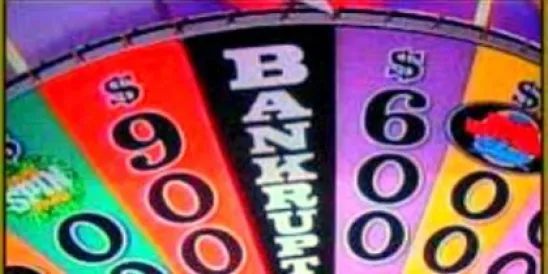The Bankruptcy Code exempts from discharge those debts arising from willful and malicious injuries caused by the debtor. 11 U.S.C. § 523(a)(6). Because debtors have a habit of filing bankruptcy soon after a judgment for such an injury is entered against them, bankruptcy courts often give a prior (state or federal) judgment issue-preclusive effect when the creditor seeks to have the debt declared non-dischargeable under § 523(a)(6). The extent of issue preclusion depends on the specificity of the prior findings, as recently discussed by the Seventh Circuit in Gerard v. Gerard, No. 14-1496 (Mar. 12, 2015).
In Gerard, two brothers, Michael and Kevin Gerard, had a falling out over ownership of some property on Lake Michigan in Ozaukee County, Wisconsin. Michael repeatedly removed “For Sale” signs posted by his brother, and he recorded a memorandum asserting a lien on the property. Kevin brought several claims against Michael, including one for slander of title. The special verdict form included the following question: “Did Michael Gerard know, or should he have known, the contents, or a part of the contents, of the Memorandum where false, a sham, or frivolous?” The jury answered “Yes” and awarded total damages of $280,000. Based on the verdict, the judge added a statutorily-directed award of $1,000 in punitive damages.
After Michael filed bankruptcy, Kevin quickly sought summary judgment on his non-dischargeability claim under § 523(a)(6), arguing that the jury had already determined the injury was willful and malicious. Both the bankruptcy and district courts thought the verdict was conclusive, but the Seventh Circuit reversed.
The court first held that it was all right for the verdict not to have included the precise terms used in § 523(a)(6), i.e., “willful and malicious.” It is enough if the jury found the injury to be “deliberate and intentional.” That is, there must be a finding that the debtor’s motive was to inflict injury or that the debtor intended an act that was substantially certain to result in injury.
The problem with Kevin’s preclusion argument, said the court, was that the jury could have found that Michael’s actions were either intentional (he knew) or negligent (he should have known). The possibility that the verdict was based on negligent conduct meant that it did not necessarily satisfy § 523(a)(6). Importantly, the award of punitive damages was also not enough for the court to conclude that the jury found Michael’s actions were intentional. The end result is that Kevin must prove all over again that Michael intentionally caused his damages.
The moral of the story? If you want to avoid re-trying your case after the defendant (inevitably) files bankruptcy, make sure your special verdict form includes a question that clearly and only satisfies the standard for non-dischargeability.



 />i
/>i
